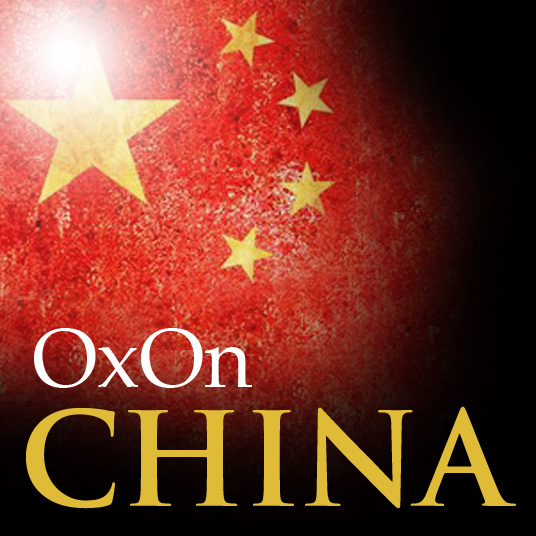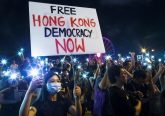 Dramatic changes do not appear to be on the agenda in China, at least at the surface level. The new political regime, under the stewardship of Xi Jinping, inherited an economy with widening socio-economic disparities and accompanying social welfare concerns. Farmers, migrant workers and lower/middle-class urbanities grumble about rising living costs, and a perceived lower quality of life. Their concerns are further cemented by greater public awareness of corruption in both the state and non-state sectors. This may be the cause of lower levels of trust and confidence in public and private institutions by the general public.
Dramatic changes do not appear to be on the agenda in China, at least at the surface level. The new political regime, under the stewardship of Xi Jinping, inherited an economy with widening socio-economic disparities and accompanying social welfare concerns. Farmers, migrant workers and lower/middle-class urbanities grumble about rising living costs, and a perceived lower quality of life. Their concerns are further cemented by greater public awareness of corruption in both the state and non-state sectors. This may be the cause of lower levels of trust and confidence in public and private institutions by the general public.
But in spite of the discontent, changes are happening. Administrative in nature, perhaps, these changes will have strong implications for state-society relations going forward.
What can we expect?
Foremost, there will be a smaller and streamlined government. The Politburo Standing Committee, consisting of the top leadership, has already been reduced from nine to seven members under the new regime. The next step will be dramatically downsizing and/or amalgamating government ministries and regulatory bodies. This will provide stronger and more centralised decision-making processes (read: quicker policy responses) to existing and emerging issues.
As a corollary of this nimble decision making structure, we will see the rise of a stronger regulatory environment, primarily affecting areas such as intellectual property rights, environmental protections, food safety and anti-corruption measures.
With greater centralised decision-making, the local government will become even more active and important in implementing policy initiatives. More importantly, it will also have greater room to manoeuvre in implementing policy, something that has been lacking in the past.

This leads to new partnerships. While the local government’s ultimate goal will be to encourage economic growth, they will be able to manage this by greater experimentation with procurements and partnerships with non-state actors, including social organisations and private enterprises. This is happening already: a number of local government stakeholders provide social organisations with potential channels to increase opportunities to collaborate and cooperate with the local government. For instance, in Shanghai’s Minhang and Hongkou districts, there is an annual allocation of 10 million yuan (~1.63 million USD) towards the purchase of public service projects. This strategy is of course driven by pragmatism: by seeking increased partnerships with non-state actors, it solidifies the continuing presence, popular legitimacy and viability of the corporatist state.
Collaborations like this will not be exceptions. Behind the scene changes ushered by the new Xi Jinping regime provide a framework to ensure China continues to increase its dominant position in the world economy – and at the very least, ensure that the Chinese government can rapidly respond to its citizens’ potential discontent. This will be particularly important as China moves from its position as the “great factory of the world”, to one in which its native state and non-state enterprises become increasingly service and innovation oriented.








No Comment